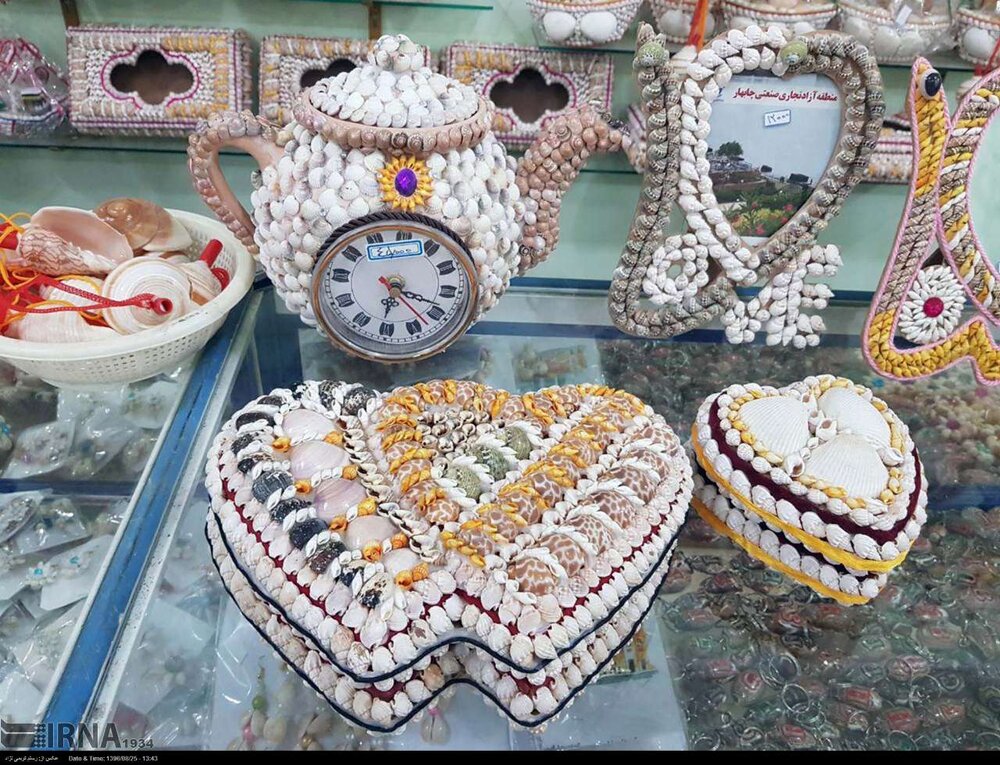Efforts being made to develop Bushehr’s handicraft exports, official says

TEHRAN – There are efforts being made in the southwestern Bushehr province to increase handicraft exports, the provincial tourism chief has said.
Handicrafts from Bushehr are unique, well-made, and well-known products in the country, Esmaeil Sajadimanesh explained on Saturday.
The craftspeople of the province could benefit from the capacity of the markets of the Persian Gulf states as well as European countries to ensure their prosperity, productivity, and economic development, the official added.
In this regard, related organizations such as the Foreign Ministry as well as Iranian ambassadors and commercial attachés in different countries might be able to assist, he noted.
The province should also make use of the World Cup in Qatar in order to stimulate foreign tourism since it has the shortest distance to this country and should take advantage of this opportunity, he mentioned.
With over 6,000 years of history and significant monuments from the Elamite, Achaemenid, Parthian, and Sassanid eras, Bushehr is one of Iran’s most important historical centers.
Besides its cultural heritage, beautiful beaches and lush palm groves make it an attractive destination for world travelers.
The historical and architectural monuments of Bushehr include Islamic buildings like mosques and praying centers, mansions, old towers, castles, as well as gardens.
When it comes to cultural attractions, there are many historical mounds in Bushehr including Tall-e Khandaq with Sassanid architectural style, Tall-e Marv located near an Achaemenid Palace, and Qajar era Malek al-Tojar Mansion. Qajar era Kazeruni Mansion, which has been inscribed on the World Heritage List, is another attraction that world travelers love to see among various ancient sites.
With 14 entries, Iran ranks first globally for the number of cities and villages registered by the World Crafts Council, as China with seven entries, Chile with four, and India with three ones come next.
In January 2020, the cities of Shiraz, Malayer, and Zanjan and the village of Qassemabad were designated by the WCC- Asia Pacific Region, putting Iran’s number of world crafts cities and villages from ten to 14.
Shiraz was named a “world city of [diverse] handicrafts”. Malayer was made a global hub for woodcarving and carved-wood furniture. Zanjan gained the title of a “world city of filigree”. And Qassemabad village, which is nationally known for its traditional costumes, was also promoted to a world hub of handicrafts. Chador Shab, a kind of homemade outer garment for women, was, however, the main subject for the WCC assessment for the village.
ABU/AFM
Leave a Comment